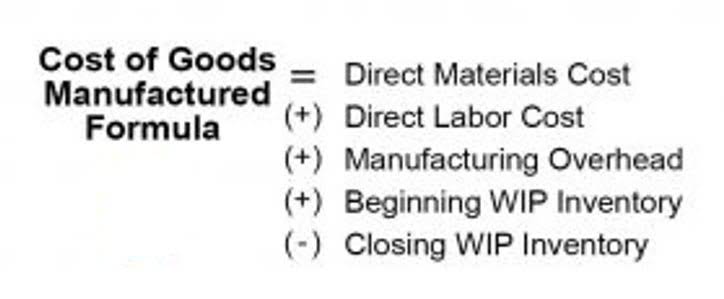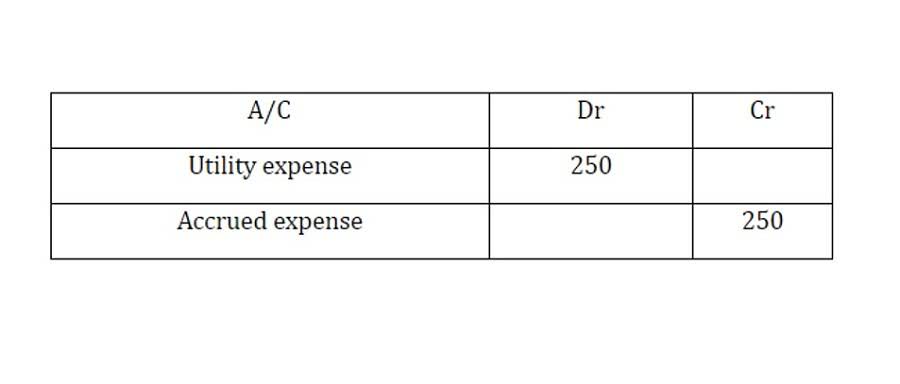
Often, for lack of a better approach, a firm may allocate indirect expenses based on net sales. Cost structure is the type and proportion of fixed and variable costs in relation to the organization’s total costs. The contribution margin of $24,000 is the result of deducting total variable cost of $36,000 from the revenue of $60,000. A contribution margin income statement on the other hand categorizes expenses on whether they are variable or fixed. Under a traditional income statement, expenses are categorized under the cost of sales, operating expenses, and non-operating expenses.
What is a contribution format income statement?
- It is important to assess the contribution margin for break-even or target income analysis.
- Variable costs probably include cost of sales (the cost of goods sold) and a portion of selling and general and administrative costs (e.g., the cost of hourly labor).
- Examples include office rent, salaries unrelated to the production of goods, and fixed administrative costs.
- The contribution margin12 represents sales revenue left over after deducting variable costs from sales.
- This change also affects the total amount for sales dollars, variable costs, and contribution margin.
- Below is a break down of subject weightings in the FMVA® financial analyst program.
- Compute the breakeven in units sold and sales dollars for Kinsley’s Koncepts.
It does not matter if your expenses are production or selling and administrative expenses. The same thing goes with fixed expenses; they must be included in fixed costs if they are fixed. Understanding the contribution approach in income statement analysis offers businesses a clearer view of financial dynamics. Unlike traditional methods, this approach provides insights into cost behavior relative to production changes, aiding informed decision-making. Its relevance lies in separating variable and fixed costs, helping organizations identify their break-even point and optimize profitability strategies. The contribution margin income statement shows fixed and variable components of cost information.
Variable Costs

Traditional Income Statement – Breaks down gross profit, operating income, and net income for a comprehensive financial overview. Generating profits faster at lower operating and non-operating costs distinguishes wise, fast-growth companies from comparable companies that burn cash without much consideration for bottom lines. This post is every calculating manager’s go-to guide on contribution income statements.
How can Taxfyle help?

Their stability aids financial planning but presents challenges if sales fall short. Balancing cost contribution margin income statement structure is crucial for maintaining flexibility while covering fixed expenses. Target profit is the point at which net operating income equals a specified amount.
This separation shows the actual amount contributing to covering fixed costs and generating profit. By separating variable costs from fixed costs, financial planners, controllers, and accountants can identify specific operating patterns where revenue or expenses show unusual performance, up or down. Not only does it offer immediate insights into the profitability of individual products or services, but it also aids in assessing operational efficiency. The contribution https://www.fouzik.com/2024/02/13/financial-footnotes-reading-the-fine-print/ margin can highlight how changes in the structure of sales and expenses can impact the bottom line without being obscured by fixed costs. It is primarily used for external financial reporting, providing a comprehensive overview of a company’s financial performance.

For this reason, it is an essential tool for cost volume profit analysis. The contribution margin income statement is covered in detail in Chapter 1. In this chapter, cost volume profit analysis using the contribution margin income statement is introduced.
Financial health monitoring

For instance, in Year 0, we use the following formula to arrive at a contribution margin of $60.00 per unit. We’ll next calculate the contribution margin and CM ratio in each of the projected periods in the final step. If the contribution margin is too low, the current price point may need to be reconsidered. In such cases, the price of the product should be adjusted for the offering to be economically viable. The companies that Accounts Payable Management operate near peak operating efficiency are far more likely to obtain an economic moat, contributing toward the long-term generation of sustainable profits. Variable costs, no matter if they are product or period costs appear at the top of the statement.
